Cold and Flu season stats To start, there are over 200 different viruses cause influenza and influenza-like illness (fever, headaches, aches and pains, coughs, runny nose). According to a recent Cochrane review, the flu vaccine might only be effective against Influenza A and B, which represents about 10% of all circulating viruses (Jefferson et al, 2013). The authors’ conclusion from that review was, “Influenza vaccines have a modest effect in reducing influenza symptoms and working days lost. There is no evidence that they affect complications, such as pneumonia, or transmission.” (Jefferson et al., 2013). Period of Contagiousness You may be able to pass on the flu to someone else before you know you are sick, as well as while you are sick. Most healthy adults may be able to infect others beginning 1 day before symptoms develop and up to 5 to 7 days after becoming sick. Some people, especially young children and people with weakened immune systems, might be able to infect others for an even longer time. How Flu Spreads Most experts believe that flu viruses spread mainly by droplets made when people with the flu cough, sneeze or talk. These droplets can land in the mouths or noses of people who are nearby. Less often, a person might also get flu by touching a surface or object that has flu virus on it and then touching their own mouth, eyes or possibly their nose.
Additional Helpful Measures Think drinking tea is just for your grandma? Well think again! Herbal Teas In a Harvard study, they found that people who drank 5 cups a day of black tea for 2 weeks had 10 times more virus-fighting interferon in their blood than others who drank a placebo hot drink. The amino acid responsible for this immune boost, L-theanine, is abundant in both black and green tea—decaf versions have it, too. Your optimal dose: Several cups daily. To get up to five times more antioxidants from your tea bags, bob them up and down while you brew.
Infusion vs. Decoction
An infusion is a water-based preparation made by steeping leaves, flowers, and other non-woody parts of a plant in either hot or cold water. The traditional cup of herb tea is the archetypal infusion. A decoction is also water based, but it’s done by gently simmering the herb in boiling water. This method is used for tougher plant parts, such as roots, barks and seeds. Powders: What are they good for? Usually when people think of tea they think of the leaves and flowers of the plant in a cup of hot water. However, there are certain herbs that are better made into an infusion using the powdered form. For example, some herbs are rich in volatile oils that are medicinally useful and when boiled will evaporate and be lost. Valerian root is an example of a woody part that would be better ground to powder and prepared as an infusion. The preparation method usually depends on the use of the herb. This is why it is important to consult with a trained practitioner because they can help you select the most appropriate herb and preparation method based on your particular health concerns. Note: This presentation is not meant to replace the advice of a trained practitioner. In order to formulate a proper treatment plan, you should consult with your Naturopathic Doctor or other health care provider. Resources: Center for Disease Control and Prevention. (2013). Seasonal Influenza: Key Facts about Influenza (Flu) & Flu Vaccine. http://www.cdc.gov/flu/keyfacts.htm Hoffmann, D. (2003). Medical Herbalism: The Formulation and Preparation of Herbal Medicines. Healing Arts Press. Print. Jefferson et al. (2013). Vaccines to prevent influenza in health adults. http://summaries.cochrane.org/CD001269/vaccines-to-prevent-influenza-in-healthy-adults. Ontario Association of Naturopathic Doctors. (2013). Staying Healthy in Cold and Flu Season. http://www.oand.org/staying-healthy-in-cold-and-flu-season/ Public Health Agency of Canada. (Nov 2, 2013). Flu Watch: Influenza/ILI Activity (geographic spread). http://www.phac-aspc.gc.ca/fluwatch/13-14/w44_13/pdf/fw2013-44-eng.pdf
1 Comment
Protection Against Zika Virus Choose a repellent with: Picaridin (20 percent), IR3535 (20 percent), DEET (20-30 percent)
Additional Measures:
Scientists have generally found bug repellents to be safe for pregnant women and their unborn children. The risk of Zika infection is far more serious than side effects of the chemical repellents, provided you use them as directed. Other things to consider:
Some essential oils may work for short periods, but others are ineffective against Aedes mosquitoes. Due to the serious risks posed by Zika, EWG does not recommend blends of essential oils for people at risk of mosquito-borne infection. There’s also West Nile and Lyme disease (carried by the bacterium on deer ticks) to consider.
What to look for in a good Bug Repellent
What About Botanicals?
An Ounce of Prevention…
Note: Talk to your Naturopathic Doctor today about getting assessed and treated if needed, and as always talk to your health care provider before beginning any new medication or supplement. This information is not meant to replace the advice/guidance of a medical professional, nor should it be acted upon by individuals unsupervised by the appropriate healthcare provider.
False Claims Then there’s the issue of the various claims that sunscreen manufacturers make about their products. Based on the research that’s been completed to date, there is insufficient data to support most claims on the sunscreen bottle. Claims such as: ‘waterproof’, ‘sweatproof’ and ‘broad spectrum protection’ don’t hold up. In fact, probably the most misleading is ‘cancer protection’ or ‘prevents cancer’. Sunscreen alone has not actually been shown to protect against certain forms of skin cancer, particularly melanoma, which is the most deadly form of skin cancer. Melanoma and Other Skin Cancers Why should we be concerned about melanoma? Well, since 2000, the rates of new melanoma cases among both men and women have been climbing by 1.4 to 1.6 percent per year (CDC 2014). A number of studies conducted in the 1990s reported higher incidence of melanoma among frequent sunscreen users (Autier 1998, Beitner 1990, Westerdahl 2000, Wolf 1998).
SPF: Is Bigger Better? Does SPF or the Sun Protection Factor make a difference? Most of us believe that Bigger Is Better, but there is no definitive evidence of increasing protection as the SPF values increase. In fact, beyond SPF 50, there appears to be little benefit. Properly applied SPF 50 blocks approximately 98% of sunburn rays. Properly applied SPF 100 blocks 99%. When used correctly, sunscreen with SPF values in the range of 30 to 50 will offer adequate sunburn protection, even for people most sensitive to sunburns.
Oxybenezone and 4-MBC are hormone disruptors and frequently used UV filters used in sunscreens. Oxybenzone could be found in about 70% of the non-mineral sunscreens evaluated by the EWG this year. Retinyl Palmitate and other Vitamin A derivatives have been shown to result in more skin tumors and lesions on animals treated with this ingredient and then exposed to sunlight. While MI, has actually been labeled as an inactive ingredient or preservative, was called ‘the allergen of the year’ by the American Contact Dermatitis Society in 2013. In March 2015, the European Scientific Committee on Consumer Safety concluded that no concentration of MI could be considered safe in leave-on cosmetic products (EU SCCS 2014). MI is present in 66 sunscreens assessed in this year’s report. What to Look for in a Good Sunscreen All these concerns in mind, what can we do to better protect ourselves from the harmful effects of sun exposure? One thing, when using sunscreen, pick the right one. Based on current research, mineral sunscreens tend to rate best, particularly those with zinc oxide or titanium dioxide. They are stable in sunlight, offer a good balance between protection from the two types of ultraviolet radiation (UVA and UVB) and don’t often contain potentially harmful additives. (EWG report, 2016).
Sunscreen is a helpful tool for protecting your skin from the harmful effects of the sun when used appropriately. Be sure to use it as recommended, and choose a sunscreen that has minimal/no harmful chemicals in it, particularly a mineral based one. Keep these things in mind, and the additional measures you can take to protect your skin, and you can help decrease your risk of developing serious illnesses like skin cancer.
4. Cantharis 30 CH: This homeopathic remedy is great for burns of almost any type, including sunburns. You can use this in conjunction with Aloe gel or by itself. This would be a good choice if you’re concerned about your child trying to eat the aloe gel once applied. This remedy, like Aloe gel, also relieves pain and helps promote healing. 5. Apis 30 CH: This homeopathic remedy is excellent for bee stings in particular, but can be used to treat other stings and bug bites as well. Generally helps with reducing swelling, pain and heat. Especially helpful for swelling around the eyes when the eyes are becoming too swollen to open the lids. Caution: If someone in your family has an anaphylactic allergy and they require an epi-pen, do not carry Apis in place of the epi-pen. .This is by no means all the various natural remedies you could use for these situations, nor is it all the possible situations you could potentially encounter this summer. However, this is a good place to start to cover a lot of the common issues that could occur. If you’re not familiar or comfortable with the use of any of these remedies, always check with your Naturopathic Doctor or other similarly educated health care practitioner before use.
Note: Talk to your Naturopathic Doctor today about getting assessed and treated if needed, and as always talk to your health care provider before beginning any new medication or supplement. This information is not meant to replace the advice/guidance of a medical professional, nor should it be acted upon by individuals unsupervised by the appropriate healthcare provider.  This is a very common question I get asked whenever I introduce myself at a workshop or someone just finished reading my card or website. The running joke in my family is I had to pick some of the more ‘obscure career paths’ available just to be different. However, in all seriousness becoming a Doula as well as a Naturopathic Doctor was like fitting together two puzzle pieces when I had no idea that there was a possibility of finding that missing puzzle piece. So what is a Doula anyway? I asked my classmate one Monday when I was still in Naturopathic college. She was telling us about the amazing weekend course she'd just finished. Well it comes from the Greek, meaning a woman who serves. The term ‘Doula’ was used to describe the role of the woman or women who attended births. In some cultures, women would give birth either by themselves or with the support of other women, and those who did have attendants, tended to have better outcomes. I was fascinated! I had only known about midwives as the 'alternative' to doctor attended births in hospitals. I didn't know there were other birth professionals out there, or that it was something I might consider doing. I had considered midwifery as a career prior to choosing Naturopathic Medicine, but once that choice was made I didn't think I could meld the birth world with Naturopathic Medicine in such a complementary and harmonious way. Once I started my own journey into becoming a doula I realized that today, the term doula is a bit more recognized and is becoming more and more common place every day. A doula is now recognized as a trained and experienced professional who provides continuous physical, emotional and informational support to the mother before, during and after birth, as well as some of the postpartum period. The primary role being as a: support and resource for health and birth care. They do not constitute a replacement for a midwife or other healthcare practitioner, but are a complimentary form of healthcare for the mother and baby. What really intrigued me was the amount of research that showed how much of a benefit having a doula present provided to mom and baby. Studies have actually shown that when doulas attend births, labours are shorter, have fewer complications (like c-sections), babies are healthier and they breastfeed more easily (Hodnett et al., 2011). Even though our primary concern is for mother and by extension the Mom and baby dyad, we’re also there to help the rest of the family too. Don't worry Dad, we didn't forget about you. Hodnett et al., (2011) shows that parents who receive support can:
Having someone else present during pregnancy and birth who can help you navigate all the vast amounts of information and work with you to advocate for you and with you only increases your chances of having the best possible birth experience. My clients who work with me also get the benefit of my Naturopathic knowledge and skills. Being a Naturopathic Doctor and Doula allows me to offer so much more complete care to the families I work with, and they often elect to continue care with me as a family after the baby is born. The birth location that can impact whether I am able to utilize all my tools, but no matter the circumstances, the end goal stays the same: for Mom and baby (and family) to have the most positive start to their lives together. Have questions about doulas or whether having a doula involved in your birth is right for you? Feel free to contact me by email or by phone. I also still have a few spots left for the summer on my calendar if you’re still looking for a Doula to join your birth team. References: Hodnett ED, Gates S, Hofmeyr GJ, Sakala C, Weston J. Continuous support for women during childbirth. Cochrane Database of Systematic Reviews 2011, Issue 2. Art. No.: CD003766. DOI: 10.1002/14651858.CD003766.pub3. |
Sarah Connors
I am a Naturopathic Doctor and Doula providing care in the Kitchener-Waterloo area. I have a passion for helping people with their health issues and improving the birth experience for Moms, and their babies. I also have a life long love affair with soccer, curling, and the alto saxophone. Archives
November 2020
Categories
All
|
Photos from Rural Royalty, manu flickr2010, Ryan Dickey, wocintechchat, huskyte77, paulswansen, Black Room Photography, harum.koh, Emery Co Photo, JeepersMedia, BrownGuacamole, wellnesswildflower, JeepersMedia, vastateparksstaff, colindunn, seelensturm, /\ \/\/ /\, 50mm.za, The Simpsons (Lee, Shirley, Luke and Rachel), AGRONAUTI, aivas14, Jonathan Rolande, winnifredxoxo, juhansonin, osseous, nan palmero, Theo Crazzolara, brianfagan, TP studio, wuestenigel, torbakhopper, anka.albrecht, Michael Stern, [-ChristiaN-], franchiseopportunitiesphotos, terren in Virginia, nateOne, barnimages.com, Dun.can, wuestenigel, @lattefarsan, amandabhslater, aphrodite-in-nyc, nutritionaldoublethink, Anne Worner, donnierayjones, mikecogh, angeloangelo, Rob.Bertholf, getaiwan, Lida Rose, matsuyuki, SurFeRGiRL30, marcoverch, amsfrank, mdaltry, nutrition education, Mike Prince, Edsel L, Neighborhood Nini, philipp.alexander.ernst, Mediocre2010, homethods, quinn.anya, Gamma Man, katerha, Eric Kilby, National Institutes of Health (NIH), rcmd_cfdfw_5_2, curtis palmer, Ray in Manila, frankieleon, Airsoftpal.com, byzantiumbooks, cchana, Brian Legate, Matt Lavin, BradHinton, monpetitchouphotography, wuestenigel, alexisjordanlewis, ByEPhotos, erix!, RLHyde, return the sun, quinn.anya, mliu92, frankieleon, loudista, Lyn Lomasi, upslon, derrickbrutel, cchana, National Institutes of Health (NIH), watts_photos, marcoverch, derrickbrutel, francesbean, weegeebored, Airsoftpal.com, Etwood, wu_135, shixart1985, Ingrid Taylar, VeritasFotografie, BioDivLibrary, emmanuelmorales1, Thanks for 1.5 Million Views!!, Will Merydith, reader of the pack, RoxyHobbs, Khanelle Prod' Medias, storyvillegirl, agromonitor, Arenamontanus, six:eleven, cote, SweetOnVeg, nenoirenediaz, lucianvenutian, markhillary, anotherlunch.com, inkknife_2000, archibald jude, rawtrigger, Imaginary Museum Projects: News Tableaus, Pavel P., Courtney Emery, Thien Gretchen, physiognomist, bark, Michigan Municipal League (MML), alberth2, Merelymel13, neofob, Care_SMC, Parker Knight, B*2
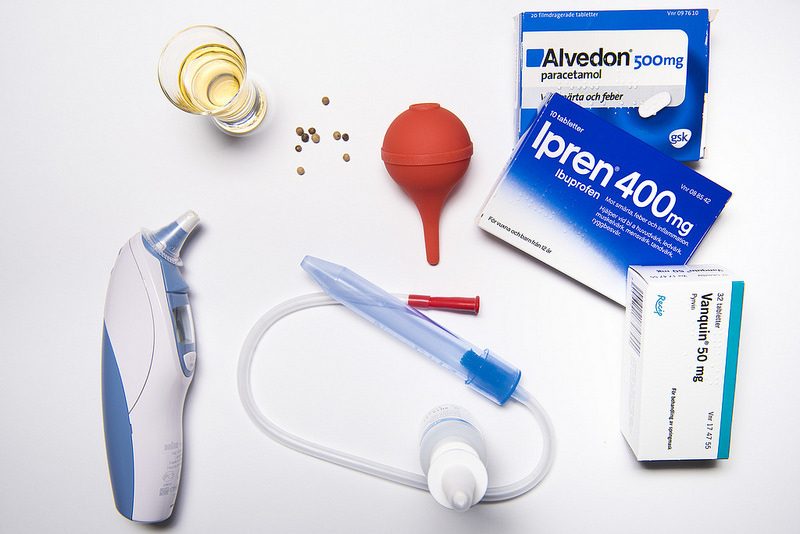
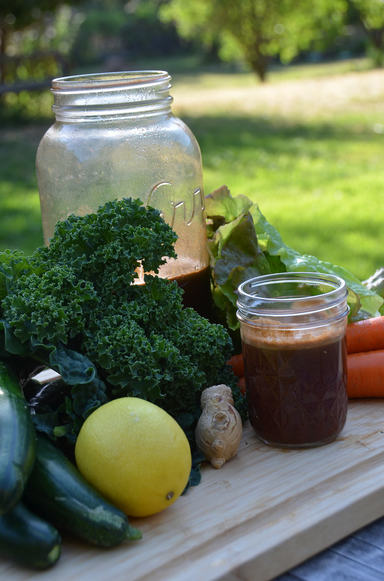

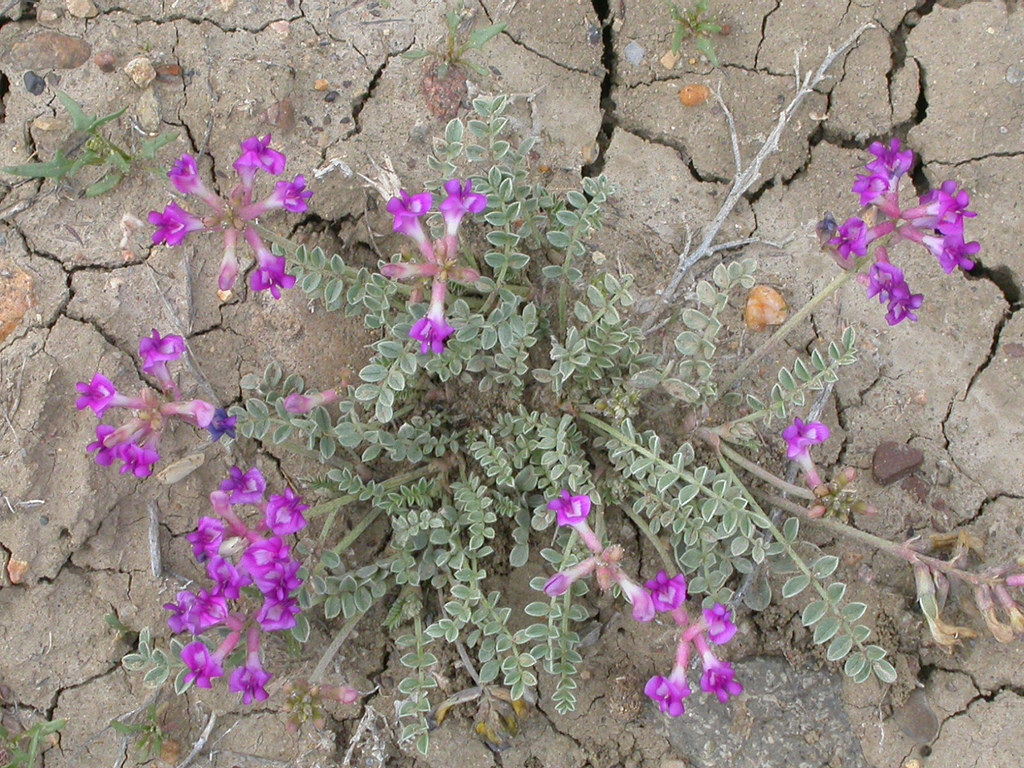

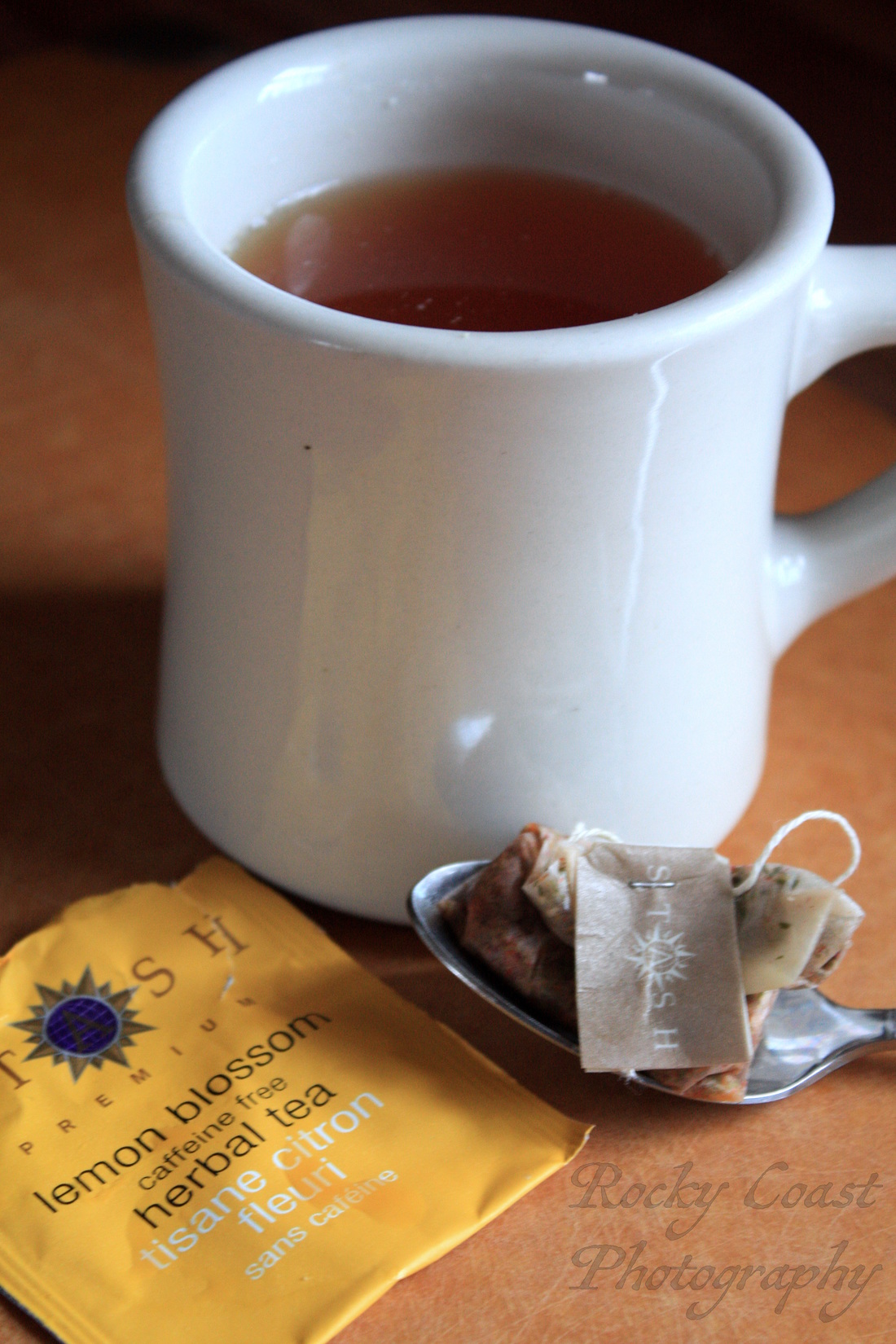


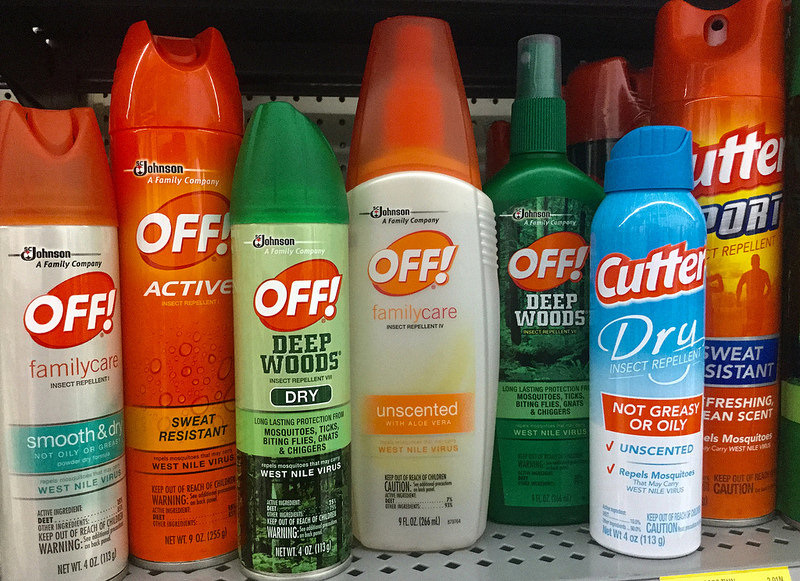
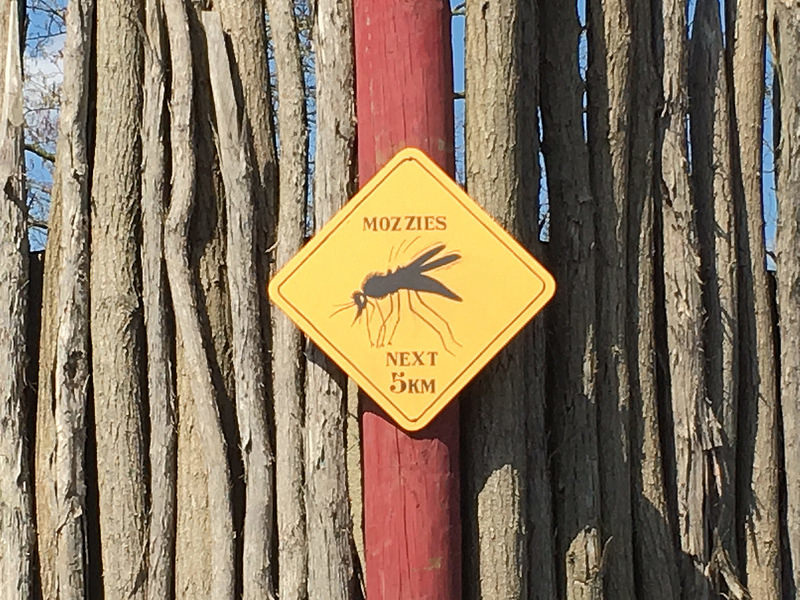
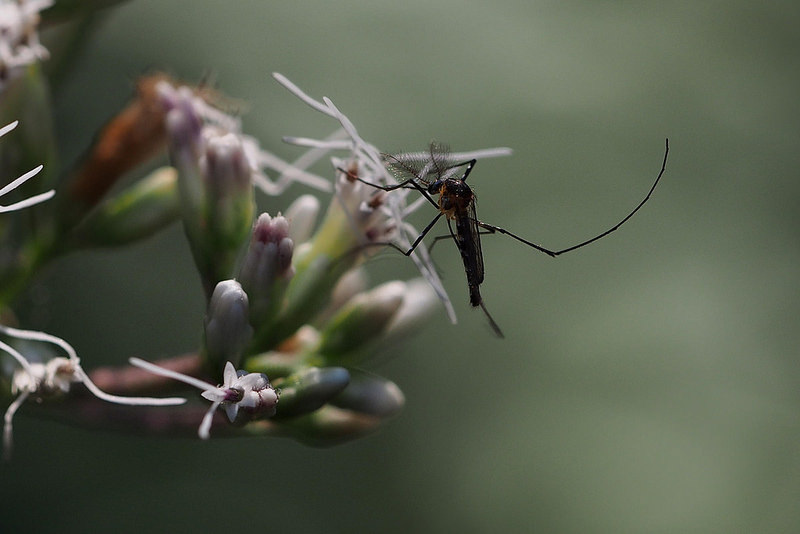
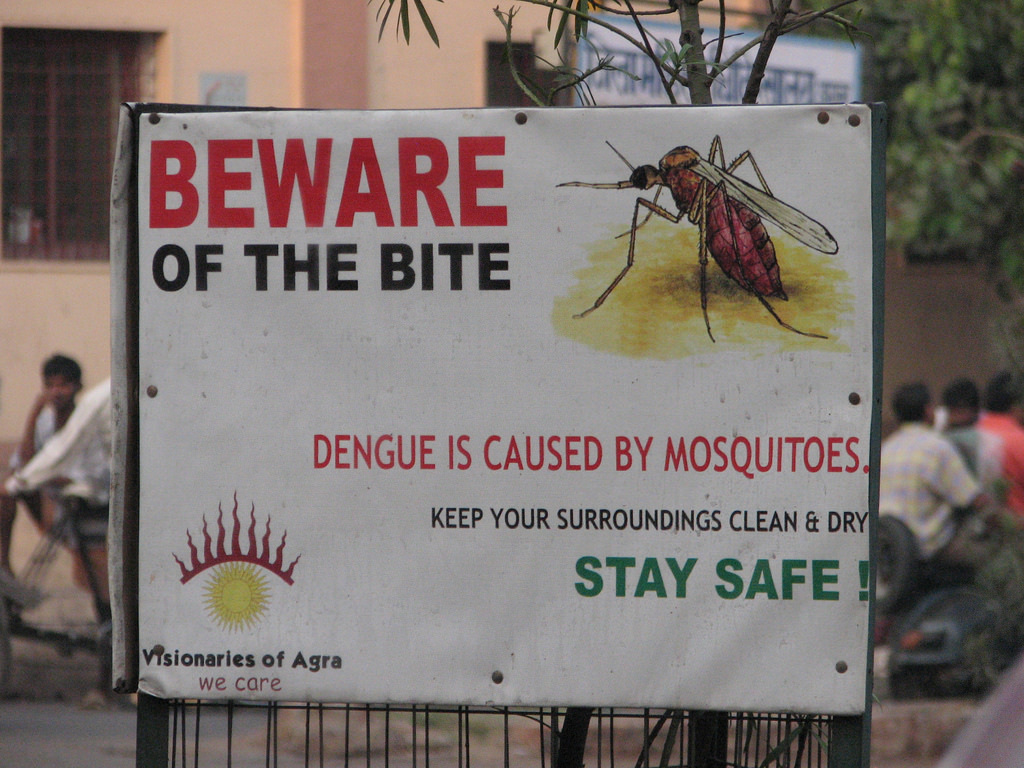
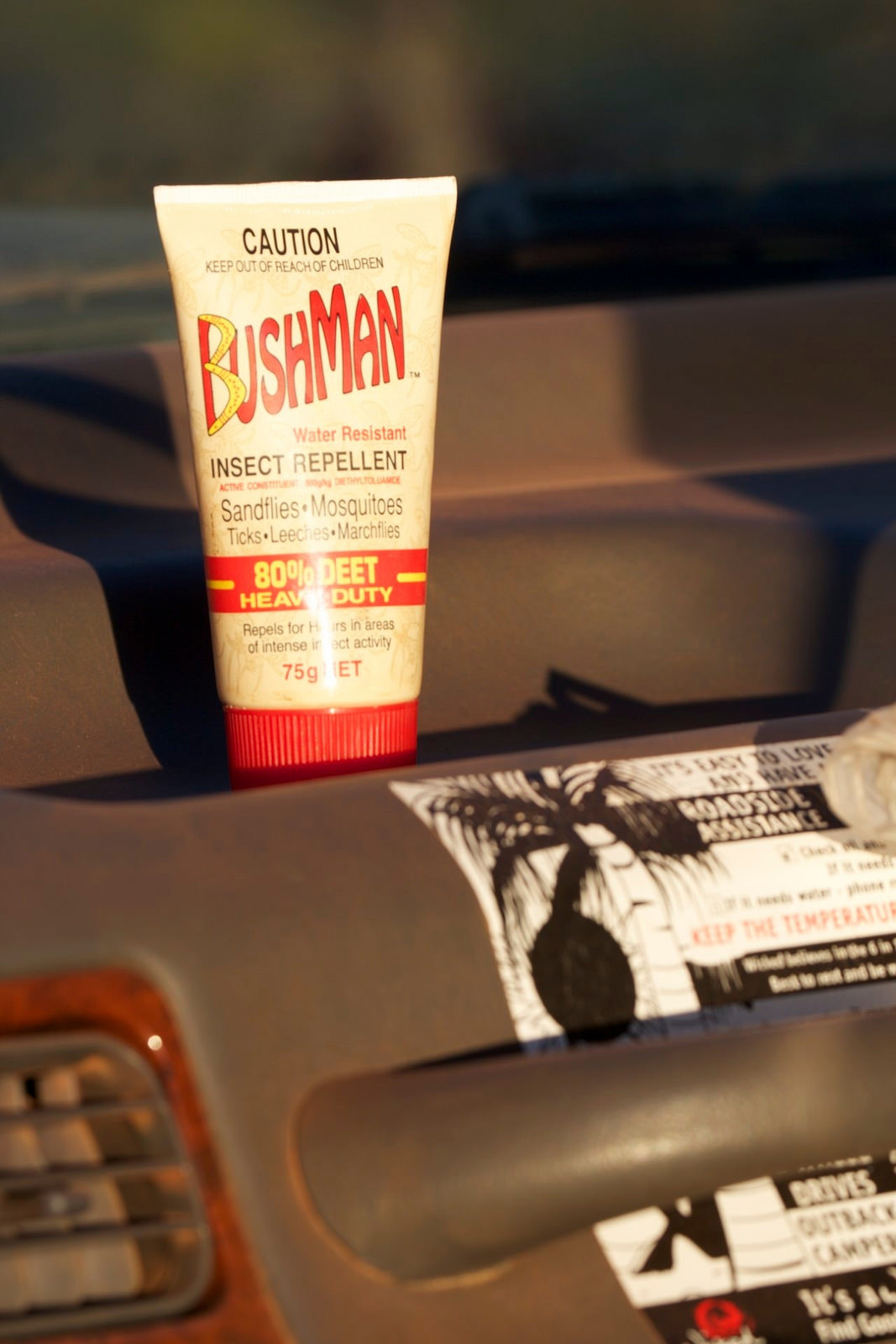
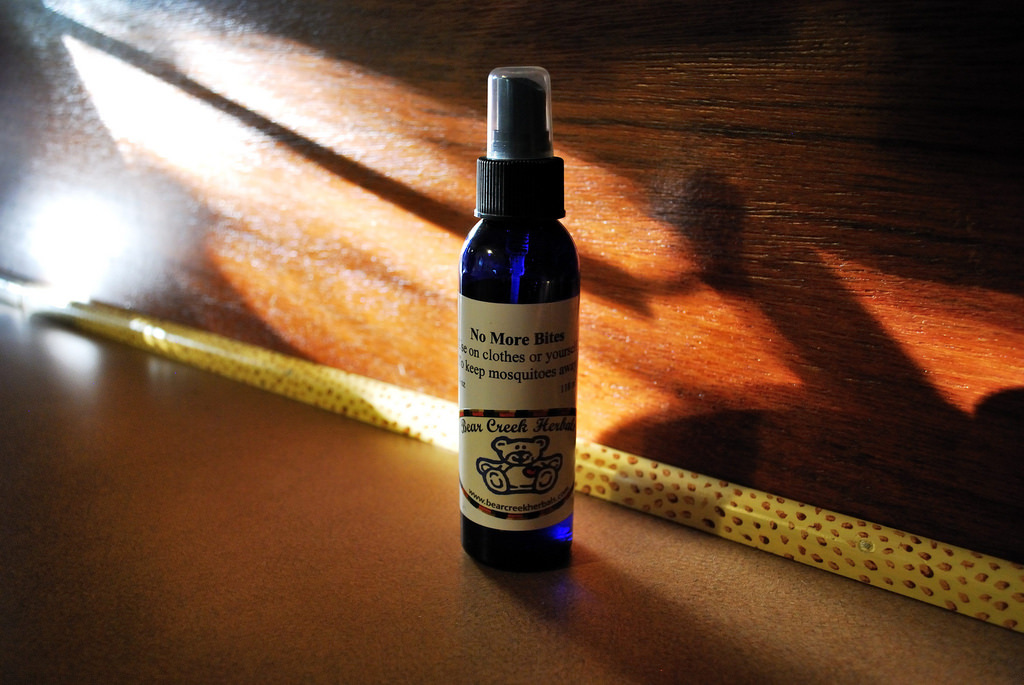
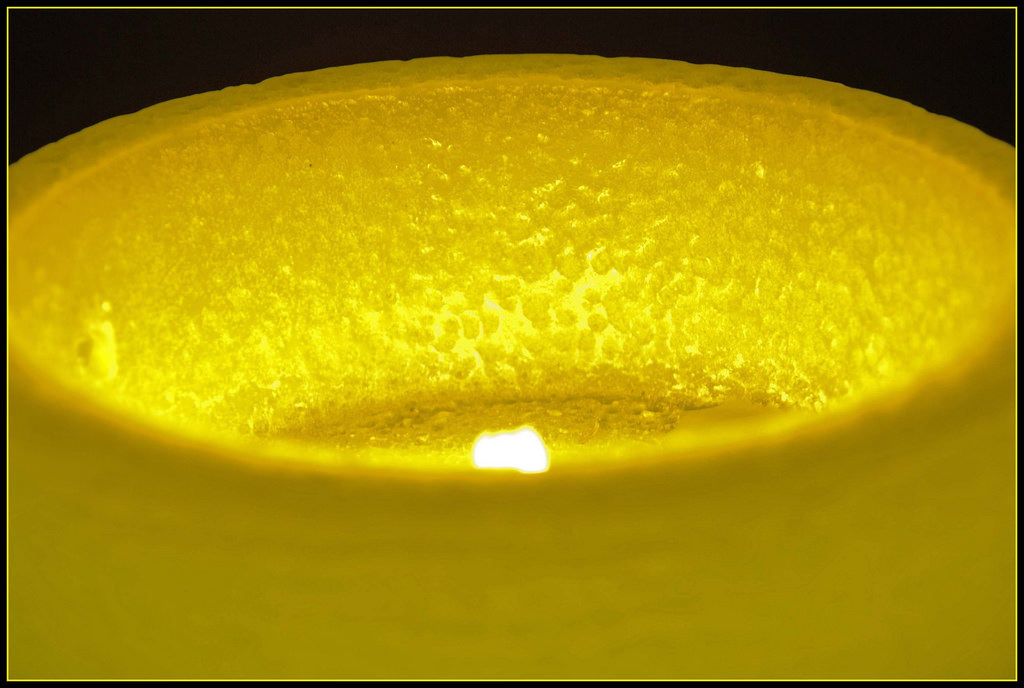

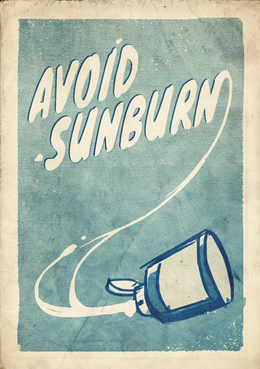
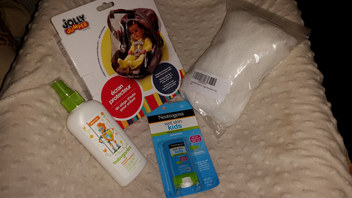

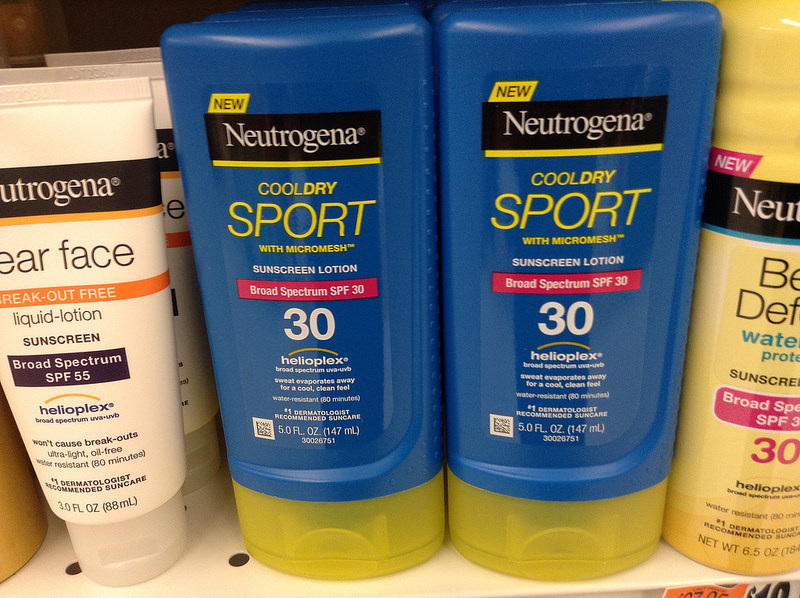
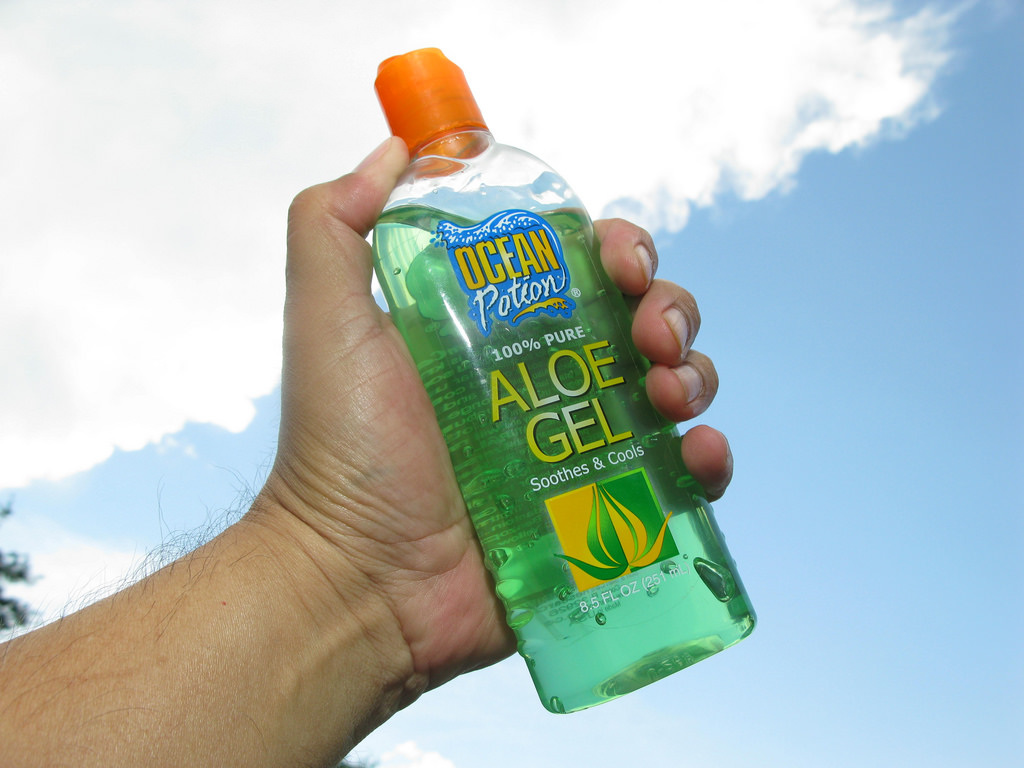
 RSS Feed
RSS Feed
